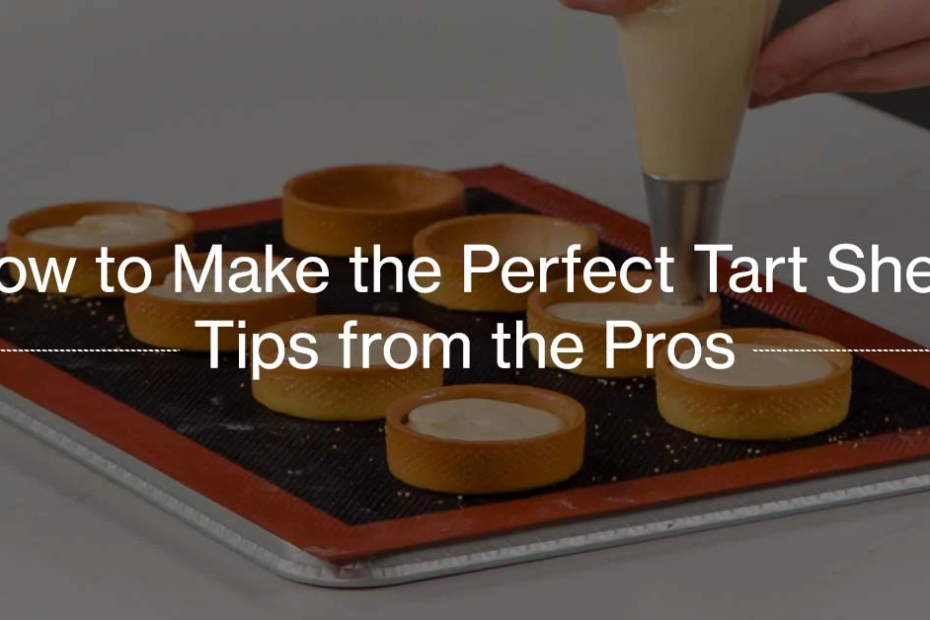Pretty much any dessert like fruit tarts or rich chocolate ones are built upon a tart shell made with a crisp, buttery pastry. A tart shell of professional quality is what is implied by the statement “recipes may seem straightforward”, but in fact it takes skill, patience and meticulousness to get it right. At Our baking classes in Chennai is all about mastering these skills, the students learn that the right way to do the dough and even baking, along with other tiny steps, can greatly influence the outcome.
Understanding the Basics of Tart Dough
The foundation of an impeccable tart lies in the dough. A typical tart dough or pâte sucrée consists of flour, sugar, butter and eggs. The butter makes the dough flaky, sugar provides flavor & tenderness, and egg yolks bind and enrich the dough.
Texture plays a very important role here. Overworking will develop too much gluten, thus the tart will become tough. Under-mixing will not allow the tart to get the proper structure, hence it will crack when baked. Most professionals agree that the butter should be kept cold, cut into small pieces, and the dough should be handled gently.
Chilling: A Step You Cannot Skip
It’s a must to put the dough in the fridge after it’s been mixed. The cold refrigerates the butter in the dough, which can then be rolled out without the dough sticking, and it also helps the dough to shrink less during baking. A lot of professionals advise a minimum of 30 minutes, while some recipe instructions indicate overnight. Just this one step will have a very big effect on both the texture and the finishing shape.
Rolling and Shaping
Tart dough must be rolled to an even thickness if you want the result to be perfect. A uniform dough will bake evenly and the edges won’t get burnt while the center is still raw.
If you are lining a tart pan, then don’t stretch the dough, rather, press it gently. If you stretch it, the dough will shrink when it bakes. Cut off the dough that is left in a nice way and it would be a good idea if you also lightly forked the base so that the steam can come out.
Blind Baking: Avoiding Soggy Bottoms
Blind baking is basically baking the pastry shell without the filling and is the method used to get a nice crispy crust especially if the filling is a wet one or made of custard. To weight down the dough that might puff up, clean beans or pie weights are used along with a piece of parchment paper in which the dough is rolled.
It is quite important that the timing is right– if not enough, the centre will be doughy and if too much, the crust will be dry. Temperate heat is the key to getting the dough browned evenly and it will not be tough.
Common Mistakes to Avoid
Even seasoned bakers can face these problems:
- Dough Shrinkage – typically resulting from the dough being overly stretched or not properly chilled.
- Cracks – due to the dough being overworked or unevenly rolled.
- Uneven Baking – as a result of the dough being inconsistently thinned or the oven having hotspots.
Practicing with real dough helps bakers become more aware of these problems at the very beginning, change their methods, and thus be able to make no mistakes in their next baking sessions.
Finishing Touches
After baking, if tart shells are still warm, fillings should not be put inside them. Crisp, golden shells make a beautiful contrast with smooth custard, creamy chocolate, or fresh fruit. You can either glaze fruits or brush the edges with melted chocolate to give your tart a professional look.
A perfect tart shell basically revolves around the right technique, patience, and the knowledge of how the dough works. The result, the product, is very much influenced by each action taken namely chilling, rolling, blind baking, and finishing. In order to get a tart shell that is crispy, soft, and nicely baked every time, bakers can benefit a lot from the local, interactive, expert-led baking classes in Anna Nagar at Zeroin Academy which helps them to upskill your baking art to the next stage.
